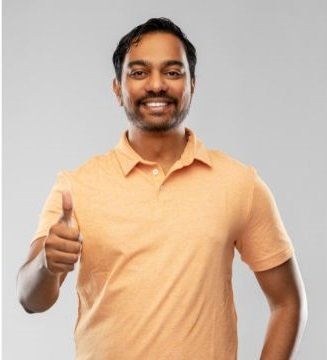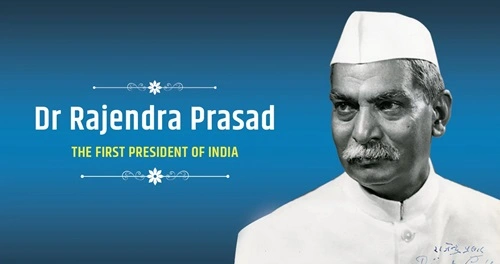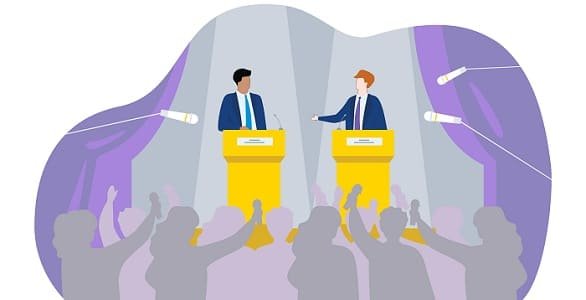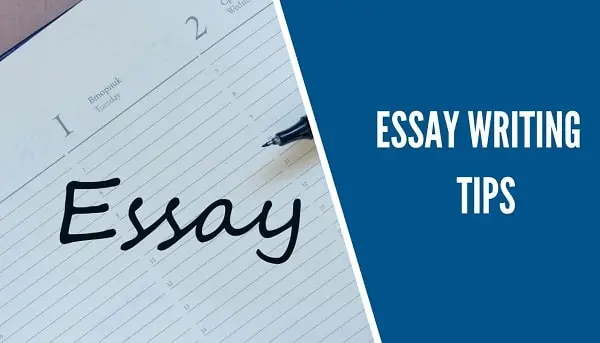I am Dr. Rajendra Prasad, a humble son of India and its first President. My life has been a journey of perseverance, dedication, and unwavering commitment to my beloved nation. Born in a small village, I rose to hold the highest constitutional office of the land, guided by the principles of truth, service, and simplicity.
Early Life and Education
I was born on December 3, 1884, in the small village of Zeradei in Bihar. My family was deeply rooted in Indian traditions, and my parents instilled in me the values of honesty, discipline, and hard work. As a child, I was fascinated by learning and often impressed my teachers with my curiosity and determination.
My formal education began at the Chapra District School, and later, I joined the prestigious Presidency College in Kolkata. It was here that I excelled academically, earning a master’s degree in law and topping my class. Despite my humble origins, my relentless pursuit of knowledge earned me respect and admiration.
Stepping into Public Life
My journey into public life began when I was drawn to the Indian freedom movement. The injustices of British rule deeply moved me, and I felt compelled to contribute to the struggle for independence. Under the influence of Mahatma Gandhi, I left a lucrative legal career to dedicate myself to the cause of swaraj (self-rule).
I joined the Indian National Congress and became an ardent supporter of Gandhi’s ideals of non-violence and truth. Participating in movements like the Non-Cooperation Movement and the Salt March, I experienced both the triumphs and tribulations of the freedom struggle. My resolve to see India free only grew stronger with each passing day.
The Freedom Struggle
The journey to independence was long and arduous. I was arrested multiple times and endured the hardships of British prisons. Yet, these sacrifices were minor compared to the dream of a free India. As a leader, I worked tirelessly to unite people across the country, transcending barriers of caste, religion, and language.
In 1934, I was elected as the President of the Indian National Congress, a role that allowed me to contribute significantly to the movement. The Quit India Movement of 1942 marked a pivotal moment, and though the British tried to suppress our efforts, the spirit of independence remained unbroken.
Becoming the First President
India’s hard-fought independence came on August 15, 1947. It was a moment of unparalleled joy and pride for every Indian. I had the honor of presiding over the Constituent Assembly, which was tasked with framing the Indian Constitution—a document that would guide the destiny of our nation.
On January 26, 1950, India became a republic, and I was sworn in as its first President. As the Head of State, I committed myself to upholding the Constitution and ensuring justice, liberty, and equality for all citizens. My role was to act as a symbol of the unity and integrity of India, a responsibility I fulfilled with humility and dedication.
Leadership and Legacy
During my presidency, I worked closely with leaders like Jawaharlal Nehru, Sardar Patel, and Dr. B.R. Ambedkar. Together, we laid the foundation of a strong and democratic India. My approach to governance was rooted in simplicity and moral integrity, and I believed in leading by example.
After serving as President for 12 years—making me the longest-serving President in Indian history—I retired in 1962. I was awarded the Bharat Ratna, India’s highest civilian honor, as a recognition of my contributions to the nation.
Reflections and Lessons
My life has been a journey of service, guided by the values of truth, humility, and selflessness. From my humble beginnings in a small village to the Rashtrapati Bhavan, I have always believed in the power of education and the strength of character. My story is not just my own; it is the story of India’s rise as a free and democratic nation.
Even in my later years, I remained deeply connected to the people of India, advocating for their rights and welfare. I left this world on February 28, 1963, but my spirit lives on in the ideals I stood for and the nation I served.
Conclusion
I am Dr. Rajendra Prasad, a son of the soil and a servant of the people. My life is a testament to the power of determination, the importance of selflessness, and the unyielding spirit of India. As the first President of this great nation, I take pride in the foundation we laid for a prosperous and united India. My journey is complete, but my legacy endures in the hearts of my fellow countrymen.

Rahul Kumar is a passionate educator, writer, and subject matter expert in the field of education and professional development. As an author on CoursesXpert, Rahul Kumar’s articles cover a wide range of topics, from various courses, educational and career guidance.




